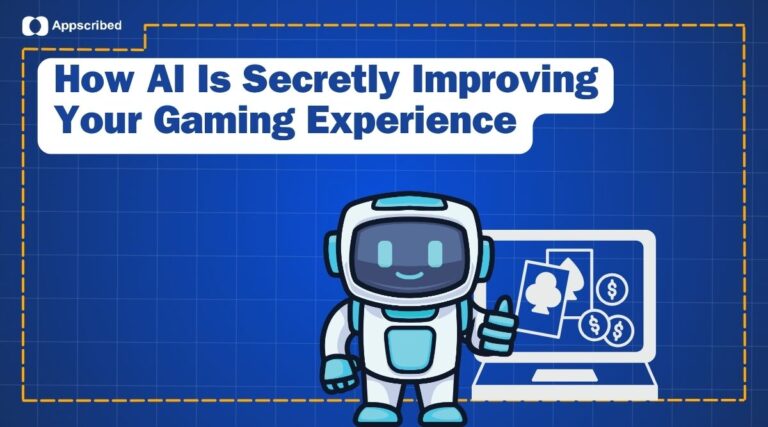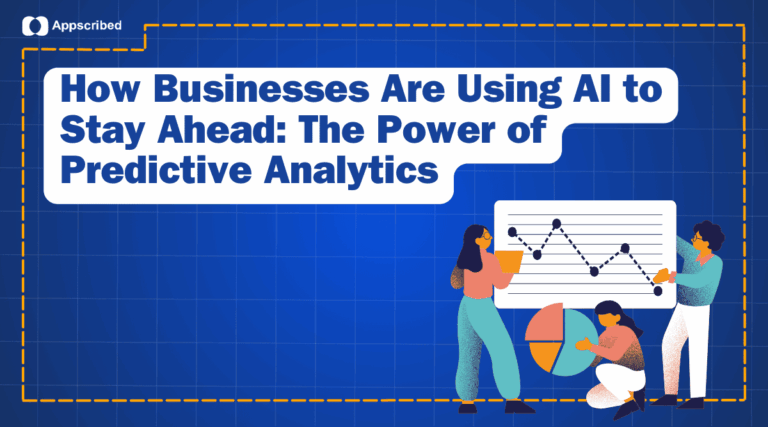Machine learning (ML), a subset of artificial intelligence (AI), involves training algorithms to recognize patterns and make decisions based on data. In game development, ML is utilized to analyze vast amounts of player data, allowing developers to create smarter game mechanics, more responsive environments, and tailored player experiences. This synergy between big data and ML techniques forms the backbone of AI-driven advancements in gaming.
This article explores how machine learning is transforming game development and what it means for players and developers alike.
Learning from Player Data
The predictive power of machine learning in game development lies in its ability to process and analyze vast amounts of player data. Every movement in a game, be it navigating a map, engaging in combat, or completing a task, generates a trail of data. Machine learning algorithms sift through this information to uncover patterns, helping developers create games that respond dynamically to player behavior.
Take, for instance, a resource-gathering game. By analyzing hours of gameplay data, machine learning can identify typical player tendencies, such as prioritizing certain resources, favoring specific locations, or adapting strategies when resources become scarce. With this insight, the game can anticipate what the player is likely to do next, introducing new challenges or opportunities to keep the experience fresh and engaging.
Machine learning isn’t limited to simple predictions. In strategy games, for example, it can analyze how players position their troops, counter enemy moves, or deploy special abilities. By recognizing these patterns, the AI can adjust its tactics, offering a smarter, more challenging opponent that evolves alongside the player.
Personalizing the Gaming Experience

Another key role ML plays in game development is personalizing player experiences. Machine learning uses the data gathered from player interactions to adapt the game to each individual’s preferences, ensuring the experience is challenging, enjoyable, and tailored.
Dynamic Difficulty Adjustment
Machine learning helps adjust the difficulty of a game in real-time based on a player’s skills. If a player is struggling, the game can automatically lower the difficulty to maintain enjoyment. Conversely, for more skilled players, the difficulty can be adjusted upward, providing the right level of challenge.
Personalized Content Recommendations: Games use ML to suggest missions, in-game events, or items that align with a player’s playstyle, helping keep players engaged and motivated.
Optimizing Strategies For In-Game Rewards

Machine learning also has a pivotal role in monetization, especially in cash earning games where players have the opportunity to earn real money. ML optimizes monetization by analyzing player behavior and adjusting in-game rewards and offers accordingly.
Predictive Analytics and Cash Opportunities: ML analyzes spending habits and engagement patterns to predict which players are more likely to invest time or money. In cash earning games, this means presenting opportunities for players to maximize their rewards based on their individual playstyle.
Security and Fair Play: In games that involve money, maintaining a fair playing environment is crucial. ML helps detect fraudulent behavior and prevent exploitation. This ensures that all players have an equal chance to succeed, enhancing the integrity of earning opportunities in games.
Enhancing Non-Player Characters (NPCs)
NPCs are a major part of the gaming experience, often driving the story forward or providing meaningful interactions. Traditional NPCs can become predictable, following pre-set patterns. With ML, NPCs become more dynamic, adjusting their actions based on how players interact with them.
For example, NPCs can adapt their behavior based on how you tend to approach situations. If you are someone who frequently takes an aggressive path, the NPCs may start to prepare for or even counter that approach, leading to a more immersive and unpredictable experience.
Procedural Content Generation
Creating varied and expansive game content can be labor-intensive. Machine learning assists in procedural content generation, which allows games to generate new levels, environments, and in-game content without requiring constant manual input from developers.
Endless Variety: With ML, every time you play, the world can be different. This randomness, powered by machine learning, ensures that players have unique and fresh experiences each time, boosting replayability.
Balancing and Player Engagement
Machine learning is also used for game balancing. ML can analyze the behavior of thousands of players to determine which aspects of the game are either too challenging or too easy. Based on these insights, developers can adjust the game to ensure it remains engaging for all players.
Retention and Churn Analysis: Machine learning can help game developers understand why players leave and what keeps them coming back. By analyzing play patterns and reasons for disengagement, developers can make informed decisions to enhance retention strategies, such as personalized content updates or special in-game events.
Future of Machine Learning in Game Development
As ML continues to evolve, its role in game development is likely to grow even more profound.
Emotionally Responsive NPCs: Future games might feature NPCs that exhibit a wide range of emotional responses. By leveraging ML, these characters can provide deeper and more realistic interactions with players.
Advanced Personalization: ML algorithms are constantly improving, which means game experiences can be even more personalized in the future, ensuring players are engaged and challenged based on their individual preferences.
Final Thoughts
Machine learning is changing the way games are made and played. From crafting smarter NPCs and predicting player behavior to powering online gaming and creating personalized experiences, it’s making games more dynamic, adaptive, and engaging.
But while the technology is impressive, the heart of gaming will always be about creativity and connection, telling stories, solving problems, and challenging players in ways that make them think, laugh, and sometimes even cry. ML isn’t replacing that; it’s enhancing it, helping developers create worlds that feel alive and experiences that feel personal.
So, the next time a game surprises you with how smart, challenging, or tailored it feels, you’ll know there’s a good chance machine learning had something to do with it. And that’s just the beginning.











